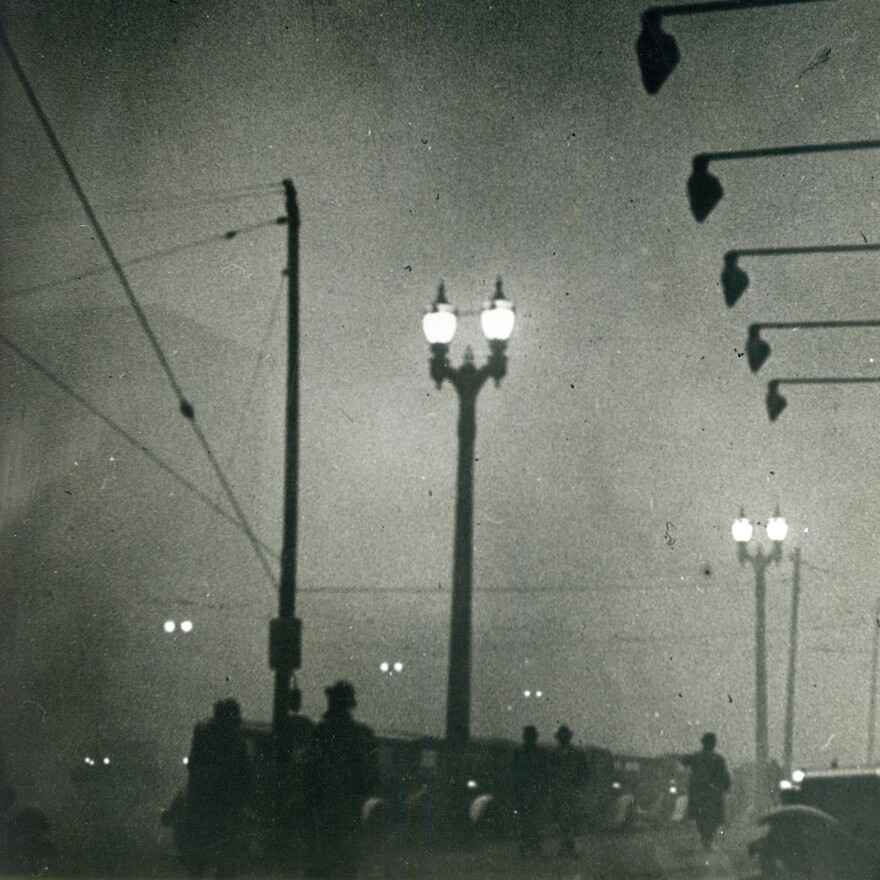St. Louis was once a city of smog.
By the 1930s, its long reliance on coal meant that it only took the right weather conditions to unleash a shroud of darkness that could block out the sun for days.
Coal was powering the city’s ascent as a major American metropolis. But it had become a curse on the health of its residents. Two recent books highlight St. Louis’ yearslong battle to clear its skies — which came to a head on “Black Tuesday,” Nov. 28, 1939. Only a few years later, St. Louis’ successful efforts would draw attention from other cities across the country.
Coal remains a key part of America’s energy system, said journalist Bob Wyss, author of the 2025 book “Black Gold: The Rise, Reign and Fall of American Coal.”
“Without coal, and without a way to transport it, and then a way to build on it, we would not have the skyscrapers, the bridges, the steamboats, the railroads and the infrastructure that we know as the American empire,” said Wyss, a former reporter and editor for the Providence Journal.
“This had been a problem for a very long time, and it had failed time and time again,” he added. “What was fascinating to me was the fact that St. Louis was able to succeed where in the past, nobody else had really been able to make much of a dent on it.”
Wyss said an early research trip to St. Louis a decade ago inspired him to write about the role of coal in building and dirtying America.
In the 1930s, “all you had to do would be to go to places like the Missouri Botanical Garden to discover how dangerous this smoke could be,” he said. “Because the plants died in the garden — which makes you wonder what was happening to the people.”

Even when city officials agreed that coal smoke was a problem, there were considerable challenges. St. Louis’ skyline featured tens of thousands of smokestacks that burned millions of tons of coal every year.
Coal was cheap and available — making it a powerful consumer product and an important local employer. Coal was also a source of economic and political power on both sides of the Mississippi. In 1939, St. Louis Mayor Bernard Dickmann turned to a trusted figure to take on the challenge.
Raymond Tucker was, at the time, an engineer and professor. He later became St. Louis’ mayor and oversaw construction of the Gateway Arch.
“I describe it as changing from smoke regulation to smoke elimination,” said Andrew Theising, political science professor at Southern Illinois University Edwardsville who last year authored a detailed book about Tucker, “Mid-Mod Mayor,” that included his work on coal.
Tucker’s breakthrough came largely from a ban on burning bituminous coal in St. Louis the following year. That and other strategies raised energy costs but succeeded despite opposition — and threatened retaliation — from coal companies in Illinois.
“The solution that came out in St. Louis,” noted Theising, “affected the poor more than it affected the rich.”
To hear the full conversation about St. Louis' successful war on coal with Bob Wyss and Andrew Theising, listen to “St. Louis on the Air” on Apple Podcasts, Spotify or YouTube or click the play button below.
“St. Louis on the Air” brings you the stories of St. Louis and the people who live, work and create in our region. The show is produced by Miya Norfleet, Emily Woodbury, Danny Wicentowski, Elaine Cha and Alex Heuer. The production intern is Darrious Varner. The audio engineer is Aaron Doerr.



